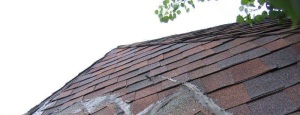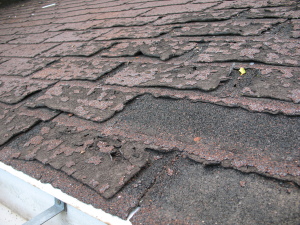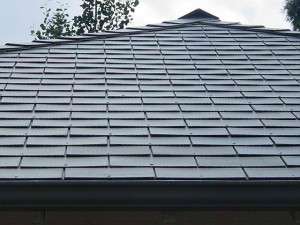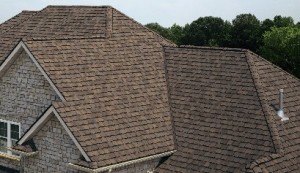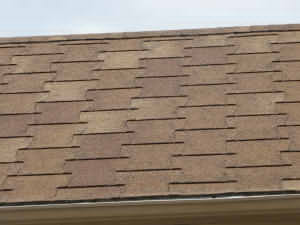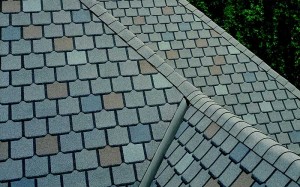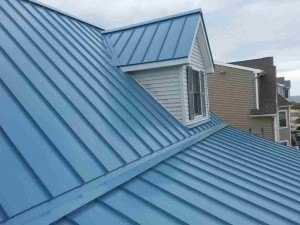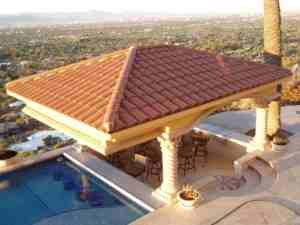Roofing 103: Asphalt Shingle Coatings
The roof is the one of the most noticeable and valuable assets on any building. Great care and effort have been taken to improve the life and quality of roofs at minimal costs. There are a number of coating and sealants which can be used on top of shingles today, each with different purposes and benefits. The idea behind most of them is a lower cost solution to serve a specific purpose and to extend the life of the roof. The trend is growing because it is affordable and, in most cases, easy to apply.
Purpose
One of the common and best-known purposes of the roof coatings it to help the building stay cooler in the summer months. The sun is beating down on a roof most hours in the day, the roofs absorb much of this heat. As energy cost rise and people are more ecologically aware, many are choosing to help reduce their summer cooler costs by applying a white coat to their rooftop. The idea is that it reflects much of the sun’s heat when compared to the darker colors which roofs are usually composed of. This coating can be applied usually with a brush or roller as most paints can, or alternatively as a spray on method. Some brands claim that is can reduce electrical usage up to 10%, eventually paying for its upfront cost.
Other coatings can help protect shingles and rooftops from harsh elements. Sealant and coating can protect tiny cracks, joints and corners that tend to be more sensitive to moisture and wind damage. This coating is applied in a similar manner but is often transparent.
Prerequisites
The coating, when applied to a roof is not a fix all for all roof problems and it is not a substitute to a new roof or even repairs. Repairs must be made in in advanced and any sections that need replacements need to be replaced. When the roof if is good condition, with its shingles intact, then the coating can be applied by a roofing contractor.
Problems with coatings
Some common problems that can arise from coating revolve around cleaning and maintenance. Although pressure washing a roof can be useful in some cases, it is generally advised against when applying the sealant. Pressure washings can displace shingles preventing the sealant from properly binding with the rooftop. Some chemicals used for roof cleaning should be avoided and the sealant itself has been known to affect the permeability of the roof and shingle material.
Online Payday Loans. Online payday advances are short-term, small-dollar personal loans that are usually paid back on your next pay date. Payday advances are also referred Loans-Cash.Net.
Consultation
A proper, preferably a GAF Master Elite roofing professional with experience in applying coatings should be consulted before any action is taken. After a proper inspection to determine if the condition of the roof is ok, a professional can determine which compound is appropriate for your roof material and slope. The application itself does not usually take long depending on the side of the roof, shape and whether it is commercial or residential.
